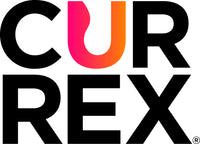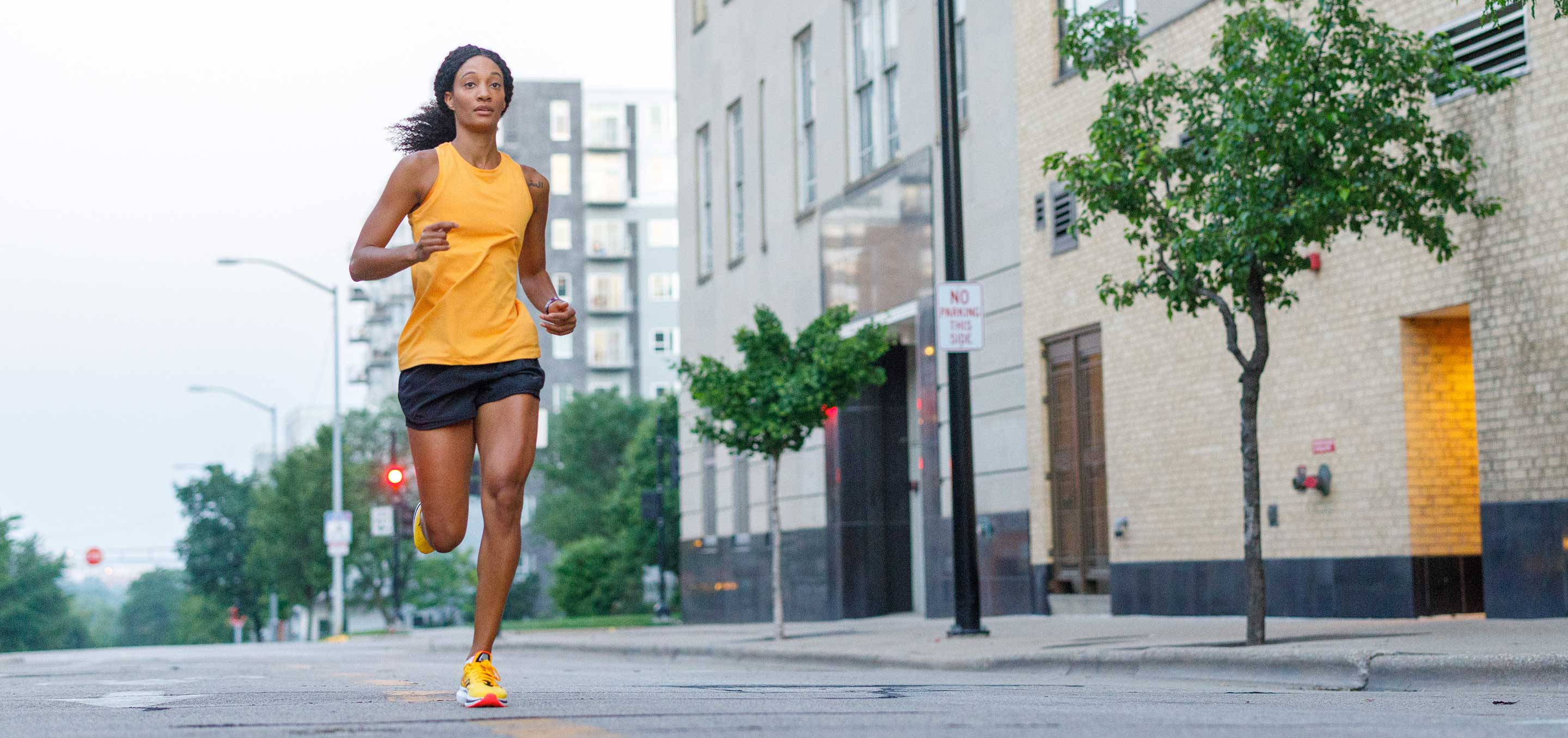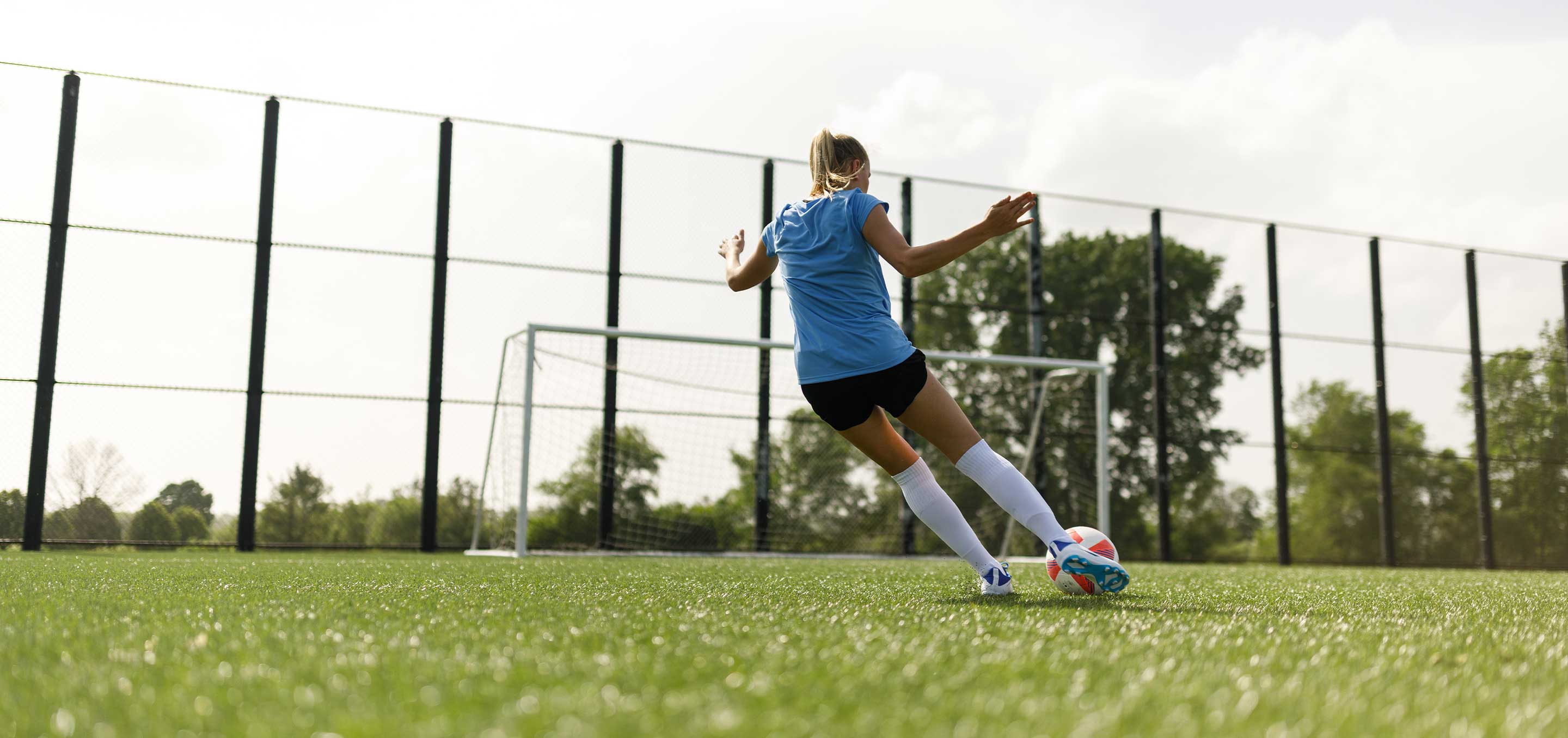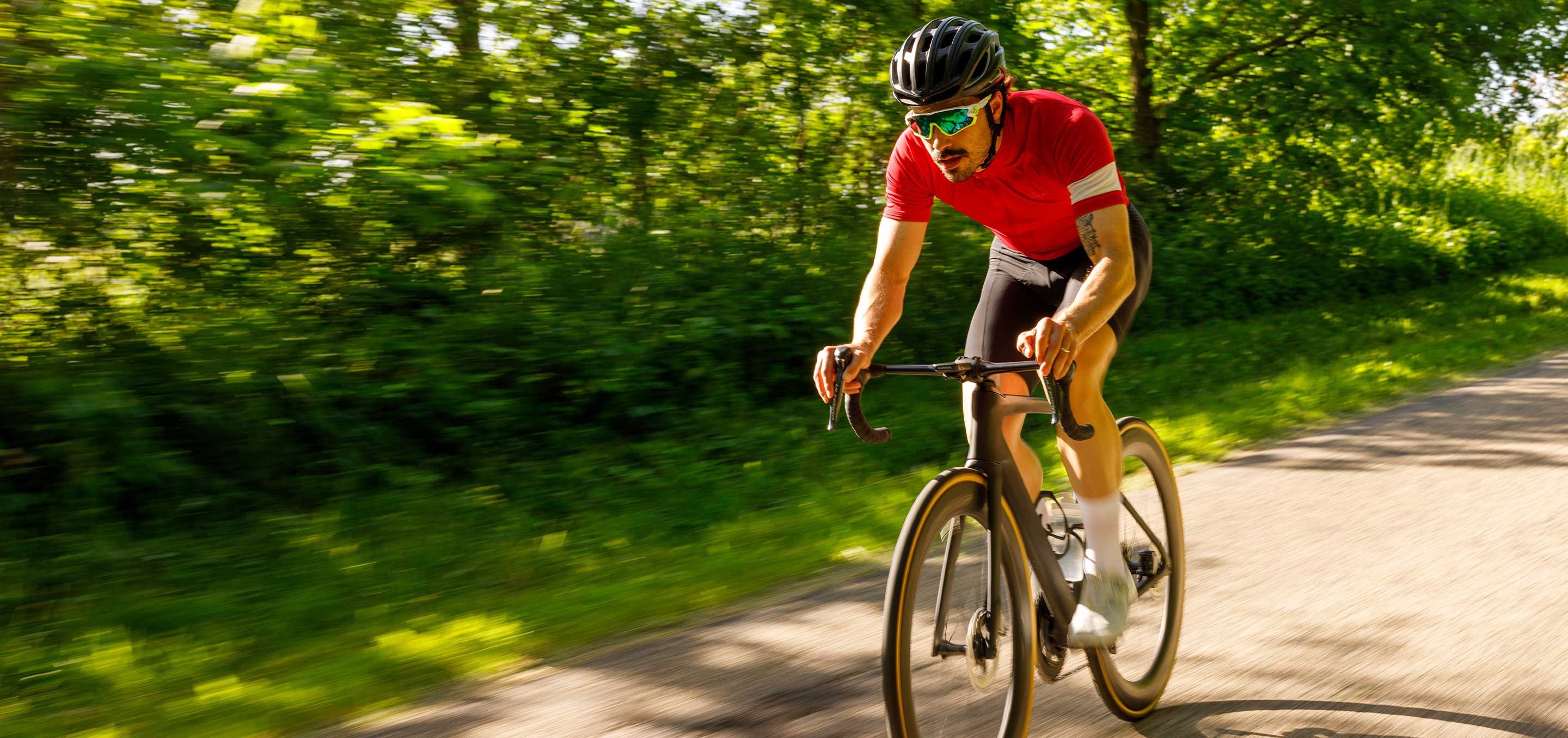New Ski Boots Don't Fit? Try These 7 At-Home Fixes

Custom Ski Boot Mods & Aftermarket Ski Boot Insoles
Even the best ski boots may not have an exact fit for your foot shape. If your ski boots are too big, too tight, or you have problems like heel pain or shin bang, then tweaking your fit with at-home fixes or seeing a custom bootfitter may be necessary. Crush in comfort and slay the slopes with these ski boot fitting tips by CURREX® EDGEPRO™, the ski insoles engineered to keep you on the mountain.
How should ski boots fit?
Even if you ordered a custom pair from a shop or a bootfitter, new ski boots rarely have a perfect fit right out of the box. They should feel snug, but not so tight it’s painful. The right ski boot fit holds your feet in place and allows your skis to rest neutral, or flat, on the snow when standing.

If you have heel slippage, blisters, shin bang, or you find yourself curling your toes when going downhill, then your ski boots are too big. Ski boots that are too small can cause hot spots, pressure on your calves, ankle or lower heel pain, and cold, numb feet. Bruised toenails, called skier’s toe, is also a sign your ski boots do not fit properly.
Wearing the wrong size ski boots not only makes it impossible to enjoy a good run, but it can put you at risk for injuries. Buying the best boot for your foot shape and skiing ability puts you on the right path for a successful season.
At-Home Ski Boot Fitting Tips by CURREX EDGEPRO
Take the time to break your boots in before you head to the slopes. Wear them around the house for a few hours so you can get used to the rigidity and see whether you need any adjustments. You can make your ski boots fit better with the following at-home fixes including the easiest and most crucial upgrade: insoles for ski boots.

Ski Boots Too Tight
After the first few days of skiing in your new boots, the liners should compress, or pack out, making more room for a slightly less snug fit. If your boots are still tight, try wearing thinner ski socks. For tight spots you can’t correct, consider seeing a bootfitter.
Ski Boots Too Big
Ski boots feeling too loose? You likely have the wrong size and should try returning or exchanging them for a smaller pair. It is easier to make more room in a ski boot through punching or grinding the shell, but it is not easy to make them smaller. For now, you can layer your socks, but beware this can cause blisters.
Ski Boots Lack Arch Support
When left unsupported, your feet struggle to stay balanced and strain to steer through turns. Stock footbeds often lack support and do not match your foot shape. Skiers with narrow feet, high arches, overpronation issues, or those who want more cushioning should upgrade their boots with a pair of ski boot insoles like CURREX EDGEPRO.

CURREX EDGEPRO insoles for ski boots improve your fit by creating the optimal connection between foot and boot. They come in three dynamic arch profile options including LOW, MEDIUM, and HIGH, making them the closest thing to custom ski boot insoles at a better price point with quality support and performance.
Supporting your feet in a fixed position, these ski insoles deliver strong midfoot support and stability with a non-slip heel grip for max control and precision turns. Shock absorbing cushioning in the heel and forefoot also helps reduce pain and fatigue for longer days on- or off-piste.
Cuffs Too Tight / Pinching Calves
There are a few ways you can adjust the fit of your ski boots so they feel less tight on your calves. First, make sure your boots are on the lowest buckle setting. If that doesn’t work, see if they have adjustable plates for the top straps. You might be able to move this by undoing it with an Allen wrench or twist-and-release, revealing looser notch settings.
For more room in the upper calf area, try removing the wedge or spoiler that’s between the liner and shell just behind your leg. When shopping for ski boots, always consider whether you need ski boots for big calves.
Buckle Adjustments
Buckles make it easier to find your sweet spot when fitting ski boots. However, most skiers tend to over-buckle their boots. If you need more than one or two fingers to close the cuff buckles, then they are too tight. Buckles on the lower shell should be just as tight if not tighter to help keep water out.
Adjusting the cuff buckles in and out can help people with wide or narrow calves, as well as women whose calves have a different shape than most men’s, to find the perfect fit. Twisting the buckles clockwise should tighten them while a counterclockwise motion loosens the fit.
Dynamic Power Straps
Elastic cam power straps are ideal for those with shin bang. Often used by youth skiers, these straps, widely known as Booster Straps™, are also designed for intermediate, racing, and expert skiers with different firmness levels.
The straps can help stiffen soft boots for improved control while protecting your shins. Tighten them to your liner’s tongue just under the plastic cuff or install them over the cuff instead for a stiffer and responsive fit.
Liner Upgrades
Consider upgrading your liner every few years if you ski more than 30 days a year. Upgrading a packed-out liner can have many benefits depending on your boot type.
Cork liners are best for alpine boots, lasting up to 600 days and you can modify them multiple times. Touring boot liners should be dense for better molding, warmth, and staying grounded.
If you have a quality foot bed like CURREX EDGEPRO, foam injected boot liners will also help lock over-pronated feet in position for better precision and control, though the liners may only last 100 days.
When to See a Bootfitter
If the above boot fitting tips and upgrades don’t fix your issue, visit a professional bootfitter at a specialty ski shop. Trained bootfitters have the proper tools and knowledge to modify your boots for optimal performance and an anatomically correct fit.
Some of the services you can get done by a custom ski boot fitter may include:
- Heat Molding: While you can heat mold ski boots at home, it takes both time and attention to get it right. A local bootfitter will be better able to mold them to an exact fit.
- Custom Footbeds: If an aftermarket insole like CURREX EDGEPRO does not provide the exact support you need, custom footbeds for ski boots can be molded to your feet for better stability and balance.
- Cuff Alignment: A bootfitter can help you determine if the alignment of your legs puts uneven pressure on the inner or outer edges of your skis and make modifications to equal it out.
- Canting: This service also helps skiers achieve a more neutral stance and can only be done accurately by a bootfitter. They adjust the ankle of your ski boot sole plate either by adding a wedge and removing material underfoot.
- Punching: Shell modifications, called “punching,” include grinding away or heating and reshaping the plastic shell. This helps the boot better match the shape of your foot. Consider asking for a shell mod if you have wide feet, bunions, bone spurs, or post-surgical tenderness.
- Liner Mods: If you have increased heel movement, a bootfitter can create dense foam wedges that take up more room inside the boot and help correct pronation or supination.
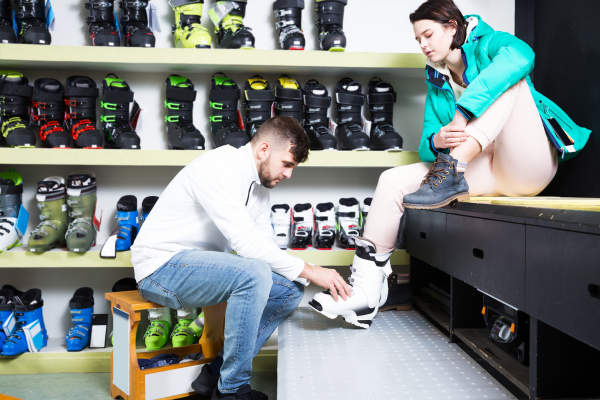
CURREX EDGEPRO: The Best Ski Boot Insoles & Footbeds
Replacing the stock footbed in your ski boots with an aftermarket insole is essential when trying to get the perfect fit. CURREX EDGEPRO insoles complete your ski boots with improved comfort and control, so you can feel better and perform better. Whether you’re downhill, cross-country, or freestyle, discover the best ski boot insoles and find your fit with the CURREX Insole Finder.
CURREX is not affiliated with Booster Straps™ or any other ski boot manufacturer or accessories manufacturer. Reference and trademarks used above are examples of modifications used to improve the fit and performance of ski boots.
References:
Holmquist, T. (2022, October 31) How Should Ski Boots Fit For Pain-Free Skiing. AlpInsider.
Custom Ski Boot Fitting - Make Your Boots Fit Better | evo. (n.d.). evo.
Stern, J. (2023, October 12). Boot Problems? Try These Modifications For a Perfect Fit. Ski Mag.


